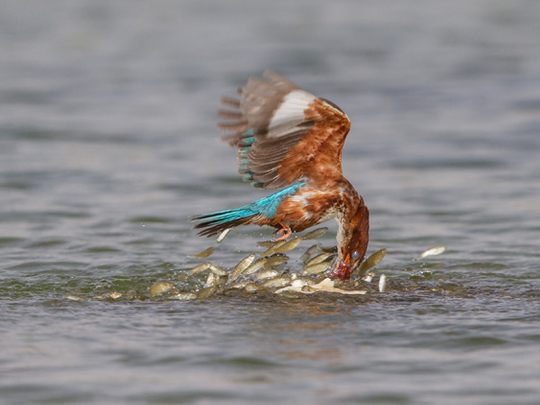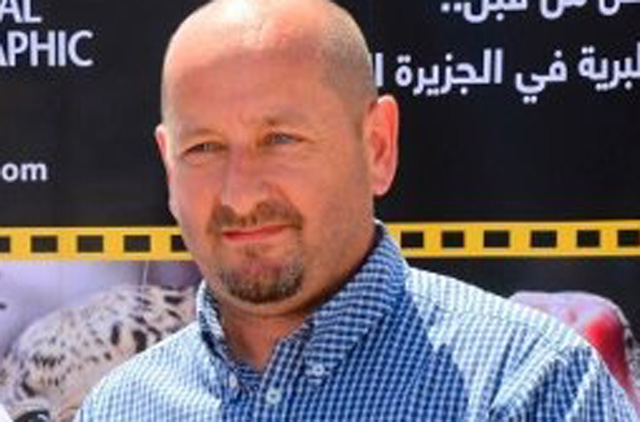
In the week, Mike Barth is a technical expert in the city. Come the weekend, he brandishes a Canon EOS 7D, a telephoto lens and heads for bird territory.
The Manchester-born Dubai resident is a bird guide and specialist in photographing the animals. He is adamant that birdwatchers and photographers exercise respect for the environment while pursuing the activity, which is becoming increasingly popular with visitors and locals alike.
“We struggle with habitat destruction here, so people do have to be aware of where they tread and how they go about photographing birds,” he says, advising them to join groups such as UAE Birding or the Dubai Natural History Group.
Barth’s tips
1. Position and approach
Wearing natural earthy colours is a must. Birds are genetically programmed to identify the shape of humans, therefore change that shape as much as possible, such as by lying flat or keeping low while approaching. Do this slowly and stop still at the first sign of any anxiety. Never approach in a straight line; zig-zag and try not to make eye contact. Always keep the sun behind you.
2. Behaviour
Understanding how different species behave can help a lot in terms of anticipating timing and movement — this relates to stationary birds as well as those in flight.
3. Lighting
The best light for photography is during the early hours and late afternoon when colour saturation is at its best. Midday light is harsh and tends to wash out colour and creates lots of shadow, none of which is conducive to good wildlife images.
4. Camera settings
The main considerations are the ISO rating, shutter speed and aperture. I focus on shutter speed and ISO. For flying birds it’s key that you maintain a fast shutter speed — 1/1250 as a minimum depending on the speed of movement — otherwise the wings will blur, although some feel this is good as it shows motion in the wings.
Aperture is not as important as it would be if you were photographing landscape. Therefore I worry about this least, but a general rule would be to try and maintain two stops down from the widest aperture to get the sharpest image.
The wider the aperture the more light you will allow into the camera. It will also increase the bokeh effect [blurring background]. Be aware that every increase in ISO will result in a little more noise (what used to be called grain in the film world). Some software programmes are able to reduce this a little during post-processing.
5. Eye focus
For me, any image that does not have a sharp [in focus] eye goes in the bin. It simply does not feel right.
6. Composition
Particularly for portrait shots [stationary birds], it is generally accepted that the rule of thirds is the best way to compose an image. This is imagining your image in nine equal parts [two horizontal and two vertical lines]. I try to make sure my subject is centred on one of the line intersections and not position centrally.
See Barth’s collection at www.flickr.com/photos/mikebarth/sets













